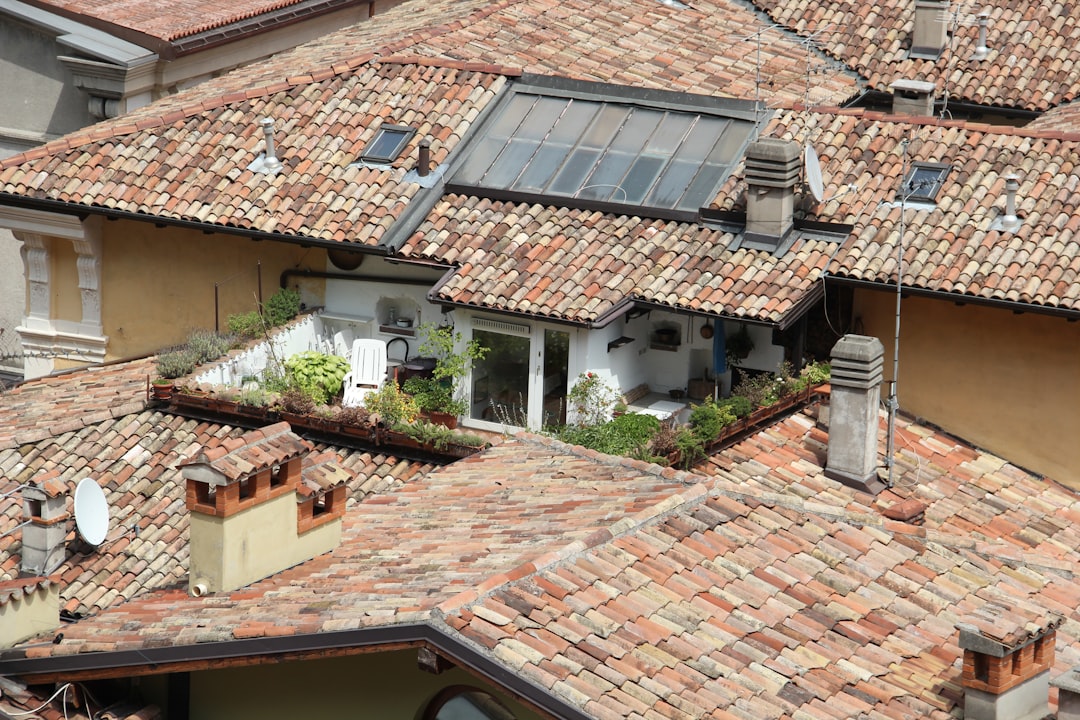Solar power has grown from a niche alternative to a cornerstone of global energy strategies. Still, one important factor that often receives less attention than it deserves is how much location affects solar performance. While solar panels receive praise for reducing electricity bills and minimizing carbon footprints, the real potential of a solar investment is largely determined by four geographical elements: orientation, tilt, solar irradiance, and return on investment (ROI) by region.
Understanding Solar Orientation and Tilt
Solar orientation and tilt refer to the physical positioning of solar panels — how they are angled and which direction they face. This positioning critically influences the amount of sunlight a system captures and, consequently, how much energy it can generate.
Orientation: Facing the Sun
In the northern hemisphere, solar panels perform best when they face true south. This alignment ensures they receive maximum sunlight exposure throughout the day. Conversely, in the southern hemisphere, true north is the optimal orientation. Any deviation from these ideal orientations can reduce panel efficiency:
- Southeast or Southwest: A small decrease in efficiency (~5–10%), but still acceptable for most installations.
- East or West: Greater reduction in energy output (~15–20%), depending on latitude and seasonal variation.
- North-facing (in northern hemisphere): Strongly discouraged for fixed-tilt panels unless installed with advanced tracking systems.
Tilt: The Elevation Angle
The optimal tilt angle of a solar panel varies based on latitude. The general rule of thumb is to set the panel angle equal to the installation site’s latitude. However, for systems designed to maximize performance during specific seasons, angles may be adjusted slightly:
- Winter Optimization: Increase tilt angle by 10–15° above latitude to capture lower-angled sunlight.
- Summer Optimization: Decrease tilt angle by 10–15° below latitude for higher solar trajectories.
- All-Year Balance: Set equal to latitude for reliable average performance year-round.
Some modern solar installations use tracking systems to adjust orientation and tilt dynamically, ensuring maximum exposure hour by hour. However, these systems are more expensive and better suited to large-scale or commercial projects.

Solar Irradiance: The Key Geographical Driver
Solar irradiance — measured in kilowatt-hours per square meter per day (kWh/m²/day) — denotes the amount of solar power received at a specific location. This factor is deeply tied to geography. Even a perfectly angled and oriented panel will produce lower output in a cloudy region than a clear, sunny one.
Average irradiance varies significantly between regions, impacting the viability and return of solar investments:
- Southwestern United States: The Nevada desert or Southern California can average 5.5–7.5 kWh/m²/day — among the highest in the world.
- Germany or the UK: Known for cloudy climates, these areas average 2.5–3.5 kWh/m²/day.
- Northern Africa or Middle East: Consistently high irradiance (6–8 kWh/m²/day) but often limited by infrastructure or political instability.
Cloud cover, elevation, atmospheric composition, and even proximity to urban pollution can all affect irradiance. That’s why two cities at the same latitude — such as Phoenix and Atlanta — can experience vastly different solar productivity.
Regional ROI: Where Does Solar Make the Most Economic Sense?
Beyond technical output, the viability of solar energy depends financially on how quickly the initial investment pays off. This is known as the return on investment (ROI), and it varies widely by region. Three main factors shape ROI:
- Local solar irradiance — more sun results in more energy production and quicker payoff.
- Electricity rates — high utility prices make solar more economically attractive.
- Government incentives — subsidies, tax credits, and feed-in tariffs can dramatically improve ROI.
Solar Economics by Region
Let’s examine a few regions to see how geography alters ROI:
- California, USA: High electricity costs and excellent irradiance make for a fast ROI — often under 6 years even without state incentives.
- Ontario, Canada: Lower irradiance and moderate electricity rates push ROI toward 10–12 years, but government incentives are strong.
- Germany: Despite low irradiance, strong historic incentives and environmental values mean solar remains popular, though ROI varies from 8–15 years.
- India: High irradiance and falling equipment costs mean residential ROIs of under 5 years in some regions, particularly in Gujarat and Rajasthan.
Businesses and homeowners must run real-world cost-benefit analyses using tools like PVWatts or consult with local energy advisors to get a clear picture of ROI in their specific area.

Latitude Zones and Their Implications
Global solar efficiency can also be categorized by latitude — and each zone has its own unique considerations for orientation, panel technology, and ROI expectations:
- Tropical Zone (0°–23.5°): Near the equator, sunlight is more direct year-round. Minimal tilt works well, and solar irradiance is consistent. Great ROI in sunny tropical countries.
- Mid-Latitudes (23.5°–66.5°): Experience strong seasonality. Systems benefit from adjustable tilt mechanisms or dual-peak output strategies. ROI is still positive but requires careful system design.
- High Latitudes (>66.5°): Have long summer days but minimal winter sunlight. These are difficult regions for year-round solar, often requiring combination with other renewables like wind or hydroelectric power.
In especially high latitudes such as Scandinavia or northern Russia, solar is often deployed for partial off-grid solutions or in hybrid micro-grid systems. While not always primary power sources, these panels still contribute to energy autonomy and reduce fossil fuel reliance.
Urban vs. Rural Installations
Whether a system is located in a dense city or a rural area also influences its performance and economic efficiency. Urban environments face specific challenges including:
- Higher levels of air pollution, which can scatter solar radiation and reduce collector efficiency.
- Shading from tall buildings that block peak sunlight hours.
- Limited roof space for panel installation.
Rural installations, on the other hand, often benefit from open landscapes, lower shading, and larger available land areas for ground-mounted systems. However, grid connectivity and permit regulations can be trickier compared to urban settings.
Final Thoughts: Evaluating Solar by Your Location
Location is not just one of many factors in solar performance — it is perhaps the most critical one. The ideal location allows for optimal orientation and tilt, benefits from high solar irradiance, and offers favorable economic conditions. Before investing in a solar system, thoughtful consideration of these parameters is vital. Conducting a professional site audit, analyzing local climate data, and understanding your region’s regulatory environment all help to ensure that your solar journey is built on a solid foundation.
In the end, solar is not a one-size-fits-all solution. It is a location-specific opportunity — one that, when well-aligned with geography and policy, holds the potential for both financial and environmental gains.





